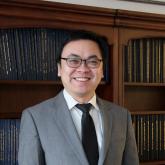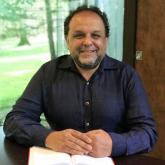Mobility in post-pandemic economic reopening under social distancing guidelines: Congestion, emissions, and contact exposure in public transit
The COVID-19 pandemic has raised new challenges for urban transportation — “back to the office” policies, staggered teleworking hours, and social distancing requirements on public transit may exacerbate traffic congestion and emissions due to shifts in travel modes and behaviors.
A team consisting of C2SMART members Ding Wang, Yueshuai Brian He, Jingqin Gao, Joseph Chow, Kaan Ozbay, and researchers from Cornell University, proposed a simulation tool for evaluating trade-offs between traffic congestion, emissions, and COVID-19 spread mitigation policies which impact travel behavior. Their research has been published in the November 2021 volume of the Transportation Research Part A journal.
Using New York City as a case study, the team used open-source agent-based simulation models to evaluate transportation system usage. Additionally, a Post Processing Software for Air Quality (PPS-AQ) estimation was used to evaluate air quality impacts associated with pandemic-related transportation changes.
The research also estimated system-wide contact exposure, finding that the social distancing requirement on public transit to be effective in reducing exposure but having negative impacts on congestion and emission within Manhattan and in neighborhoods at transit and commercial hubs.
The proposed integrated traffic simulation models and air quality estimation models may have the potential to help policymakers evaluate the impact of policies on traffic congestion and emissions and also to help identify transportation “hot spots,” both temporally and spatially.
The research was conducted with the support of the C2SMART University Transportation Center, and funded in part by the 55606–08-28 UTRC-September 11th grant as well as a grant from the U.S. Department of Transportation’s University Transportation Centers Program.




